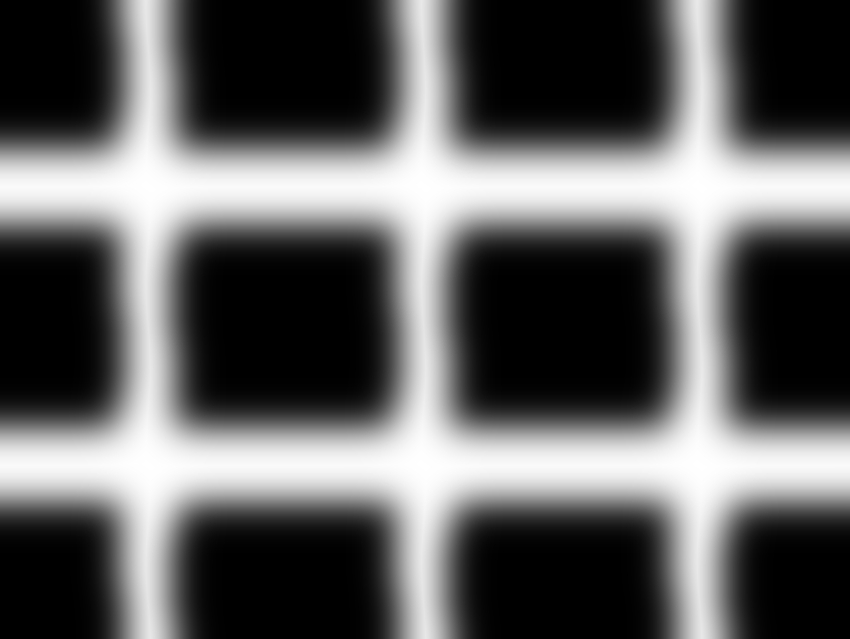Inorganic colloidal nanocrystals are widely used for thin-film devices, e.g., as active components in field-effect transistors (FETs), photodetectors, LEDs, or solar cells. Improvements in the performance of these materials could be made by patterning them at the nanoscale.
Dmitri V. Palavin, University of Chicago and Argonne National Laboratory, both IL, USA, and colleagues have developed two lithography methods for patterning inorganic nanomaterials. The team named the methods “direct optical lithography of functional inorganic nanomaterials” (DOLFIN) and “direct electron-beam lithography of functional inorganic nanomaterials” (DELFIN).
DOLFIN is a method of patterning that uses deep ultraviolet (UV), near-UV, blue, and/or visible light to create an insoluble, patterned structure from nanocrystals that have been modified with photochemically active surface ligands. It can, e.g., be used to pattern functional materials for use as robust optical diffraction gratings.
The photosensitive colloidal nanocrystal preparations were spin-coated onto substrates such as silicon or glass and irradiated with light through a chrome mask. The unreacted material from the dark regions was then removed using a solvent as the developer. This leaves the desired pattern behind. The resolution of this process can be further improved by using an electron beam instead of light.
In the DELFIN method, no mask is needed. Instead, a focused electron beam creates the desired pattern directly. This method allowed the researchers to create nanocrystal patterns with feature sizes down to 30 nm, while preserving the optical and electronic properties of the material.
- Direct Wavelength-Selective Optical and Electron-Beam Lithography of Functional Inorganic Nanomaterials,
Yuanyuan Wang, Jia-Ahn Pan, Haoqi Wu, Dmitri V. Talapin,
ACS Nano 2019.
https://doi.org/10.1021/acsnano.9b05491




![Synthesis of [c2]Daisy Chains via Mechanochemistry](https://www.chemistryviews.org/wp-content/uploads/2025/04/202504_RotaxanesWithSolidStateMechanochemistry-125x94.png)